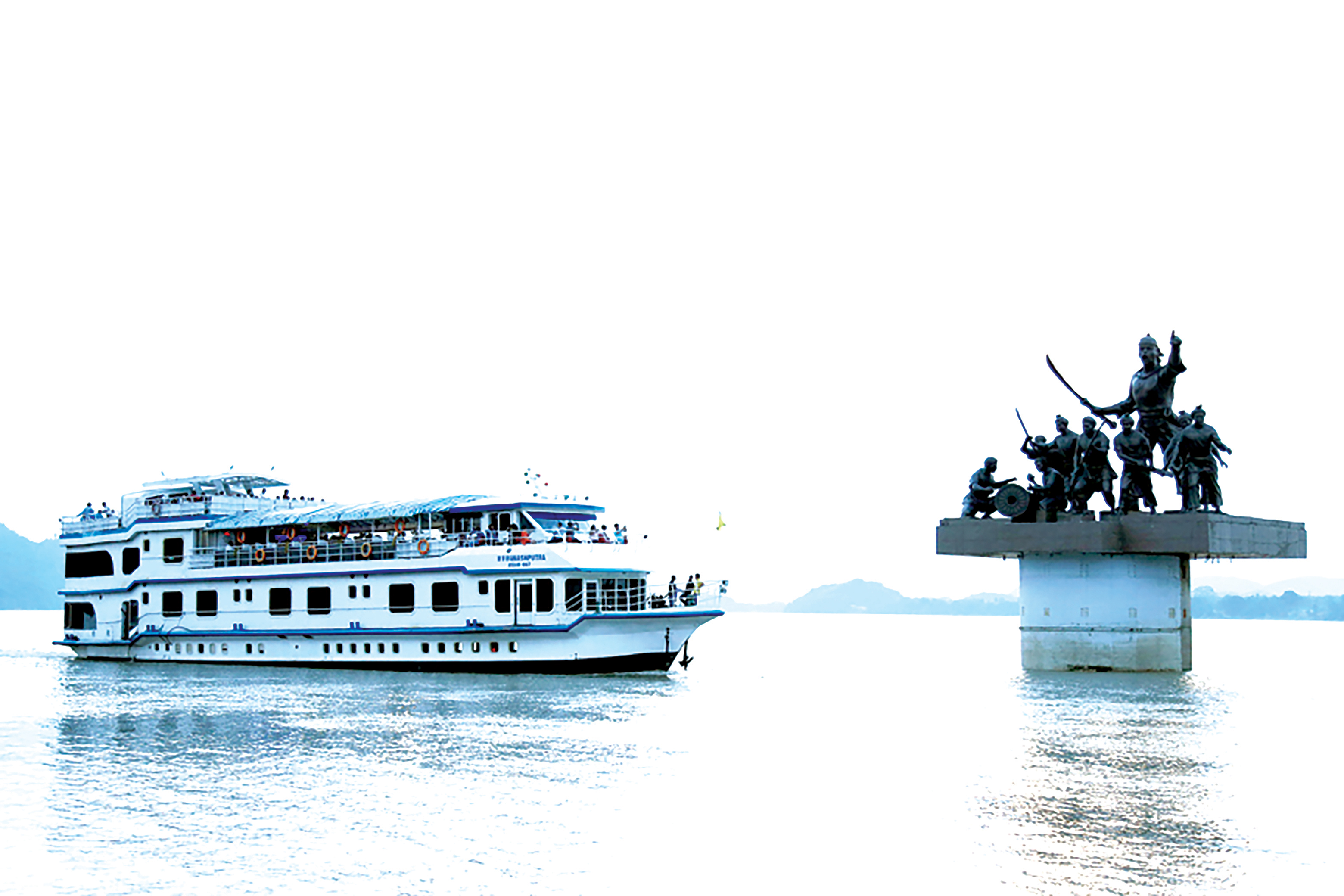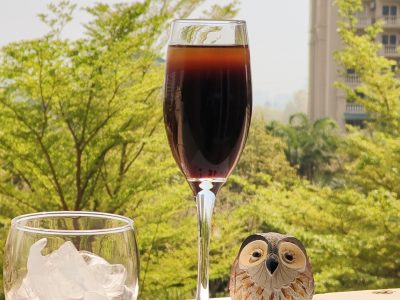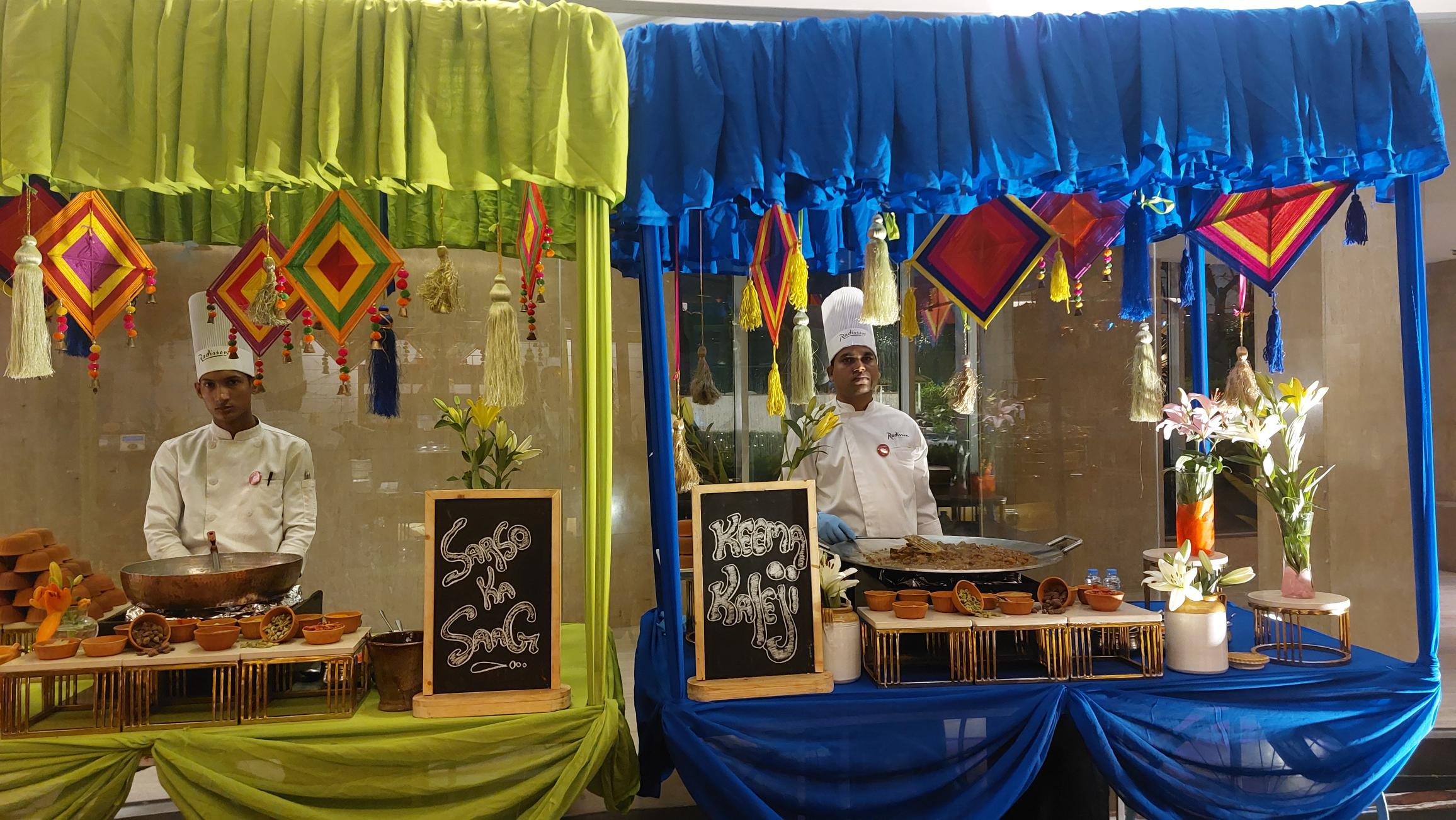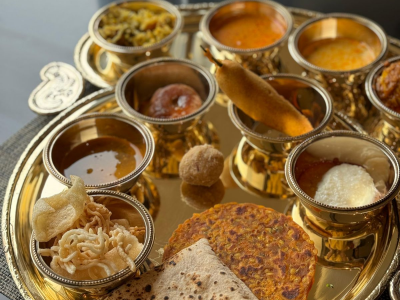A visit to Guwahati will make you realise that it has a lot to offer beyond cityscapes and urban living
“You’re going to Guwahati?” My friends were not very impressed with my destination choice. They thought visiting another urban city from a bustling metro Delhi is not an exciting idea. But I was happy with my decision for I know time slows down in Assam and so should you, to look beyond the cityscapes and urban dwellings.
On the surface, the capital, Guwahati may seem like any other urban city, but it holds several treasures within its fold. Quaint villages, birding spots, stunning islands, ancient pilgrimage sites, museums, and well-known wildlife sanctuaries like Kaziranga, Manas and Pobitora.
You land at Lokpriya Gopinath Bordoloi International Airport, and the first sight of foothills of the Shillong plateau embracing the cityscape, sets the mood right. The drive into the city is beautiful as you see the Bharalu river, a tributary of the Brahmaputra flowing through the heart of the city.
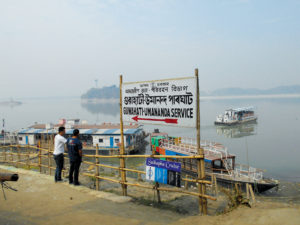
I was fortunate that I could explore a lot during my sojourn of 10 days in the charming state. Thanks to my friends Arijit Purkayastha and Tridib Sarma, veterans of Assam tourism, I was taken for special excursions to offbeat places.
Kamakhya Temple
I started my day with a visit to the most revered Kamakhya Temple. Dating back to the 6th century, it is a Shaktipeeth and hence a prominent shrine. A short drive from the heart of the city takes you to the Nilachal hill where the temple is located. There is usually a long queue of pilgrims for darshan but a Rs 500 ticket allows you to reach the sanctum faster.
The deity of the temple, Kamakhya Devi, is revered as the Bleeding Goddess. The temple opens at 9:30 in the morning and is closed between 1:00 pm and 3:00 pm and that’s the time to have the prashad or bhog.
Umananda Temple
Next on my itinerary was a visit to the Umananda Devaloi Shiva temple located at the small Peacock Island in the middle of river Brahmaputra. It is not just about visiting the temple but also experiencing the ferry ride with the locals at a nominal price of Rs 30. I can’t forget those two young girls from the city hostel who just couldn’t be satisfied with the selfies they were taking.
After a 15-minute ride, we got off at the temple island. Take a few easy steps and you reach the main complex. The legend has it that Lord Siva resided here in the form of Bhayananda. It is said that Kamadeva was burnt to ashes here when he disturbed Shiva in his meditation and hence the hillock got the name Bhasmacala. This mountain is also called Bhasmakuta.
A Grand Cruise
This could be your favourite bit in Guwahati — the most amazing cruise on the majestic Brahmaputra. For me, it was the best experience of my life. I booked myself for a sunset one-hour cruise but the gracious host, Sajida Doley who became my friend, made me stay on for sundowner as well as dinner. Seated on the upper deck, I spotted a couple of dolphins, captured the sun’s rays glistening on the waves, and thoroughly enjoyed live music. The in-house band of young boys was delightful and the singer Pankaj Duwarah took my requests and sang all my favourite numbers.
The rain gods too, showered their blessings. It was so thrilling to get the spectacular view of the raindrops falling on the waves.
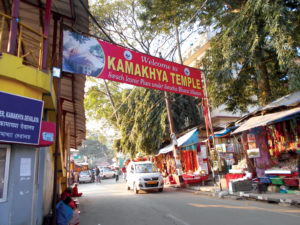
The best part about two-hour dinner cruise is that you get to see a film on the history of Assam and enjoy live classical and folk dances, showcasing the rich cultural heritage of the state. The buffet dinner was delicious. It is a most enchanting time, not to be missed while you are in Guwahati.
Local cuisine
Assamese food is not only good in taste but also is high on the health quotient. The traditional way of serving meals is in copper thali (plate) with copper bowls and glass. The dishes are placed in a specific order and you are given strict instructions from where to start, clockwise or anti-clockwise. “The idea is to have alkaline based dish first as it helps in digestion, so start with Khar,” instructs my friend Tridib Sarma who is watching me devouring the thali at his quaint retreat, Brahmaputra Jungle Resort.
His chef has specially curated a local food thali for us and Tridib is so passionate about explaining the nuances of every dish. The lentil preparation, which is usually yellow masoor, has a sour flavour because of the generous use of tomatoes called tenga in Assamese.
We lap up the popular side dish called pitika, made with potatoes and garnished with mustard oil, raw onions and green chillies. Assamese mostly use mustard oil in all their preparations.
We rounded off our meal with unique desserts — delicious kheer made with a special Assamese variety of rice, which Tridib says is koni dhan kheer, sweetened with palm jaggery.
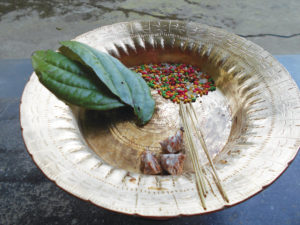
I simply loved xutuli pitha, deep fried rice-flour cakes stuffed with jaggery and black sesame. How could we not conclude our meal in typical Assamese style — by chewing tamul with betel leaf? Indeed, such a fulfilling treat.
With mountains embracing the city and the mighty Brahmaputra providing the perfect setting, every moment is a blessing to be relished in Guwahati, much to the surprise of my friends.
Fact File
How to reach: Lokpriya Gopinath Bordoloi International Airport, also known as Guwahati International Airport, is well connected with all the major cities of India and a couple of international cities like Bangkok and Paro.
Where to stay: Novotel Guwahati is ideally located in the heart of the city.
Brahmaputra Jungle Resort is perfect for a rejuvenating getaway from the city.
Season: October to May is the best time. The Magh or Bhogali bihu is celebrated during January, while the Kati or Kangali bihu is celebrated during the September-October period. Participating in the Bihu celebrations is an experience that should not be missed.

